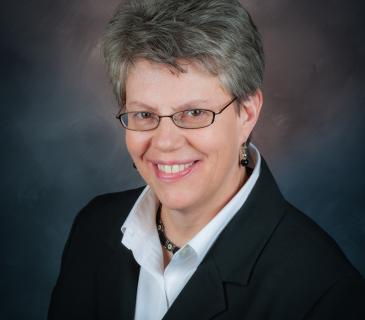

Joan Curcio, Ph.D.
Research Interests
There is no cure for diseases caused by retroviruses such as HIV-1, the infectious agent that has given rise to the human AIDS pandemic. Antiretroviral therapies can slow the progression of HIV/AIDS, but their usefulness is limited by their toxicity to human cells. The goal of our research is to identify highly specific targets for antiretroviral therapies by identifying replication mechanisms that are conserved among retroviruses and related endogenous retrotransposons but unnecessary for host cell replication or survival.
Long-terminal repeat (LTR) retrotransposons are mobile elements that have invaded nearly all eukaryotic genomes and given rise to infectious retroviruses. A conserved feature of retrovirus and LTR-retrotransposon replication is the use of a trifunctional mRNA that encodes essential replication proteins, is packaged within viral or virus-like particles and is reverse transcribed into a DNA copy. In contrast, cellular mRNAs rarely serve functions beyond encoding proteins. Therefore, elucidating the cis-acting sequences and mechanisms involved in retroviral and retrotransposon RNA translation, localization, packaging and reverse transcription will identify RNA structural elements and protein:RNA interactions that could be specific targets for novel antiviral therapies. We use Ty LTR-retrotransposons in the yeast Saccharomyces cerevisiae as a model system for structural and functional analyses of retrotransposon/retrovirus RNA.
Our goals include solving the secondary and tertiary structure of Ty1 RNA and defining the RNA structural changes and RNA:protein interactions that govern the partitioning of Ty1 mRNA between its different functions in replication. Our studies in S. cerevisiae have generated an invaluable research tool to reach these goals: a collection of evolutionarily conserved host factors that are necessary for Ty1 RNA translation, packaging, localization or reverse transcription.
We use genetic, biochemical and cell biological approaches to examine the role of these host factors in retrotransposon replication. Together, these analyses of Ty1 RNA structure, function and interaction with host factors will identify unique features of retrotransposon and retrovirus replication that can be exploited to develop novel therapies for retroviral diseases.